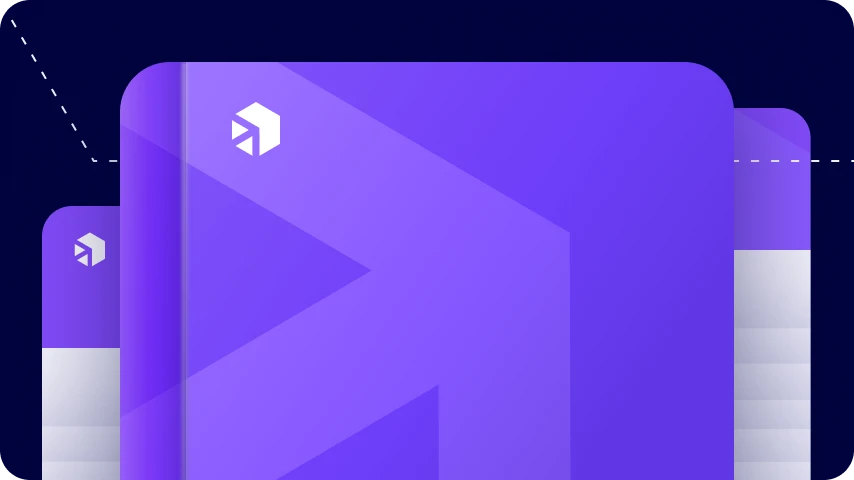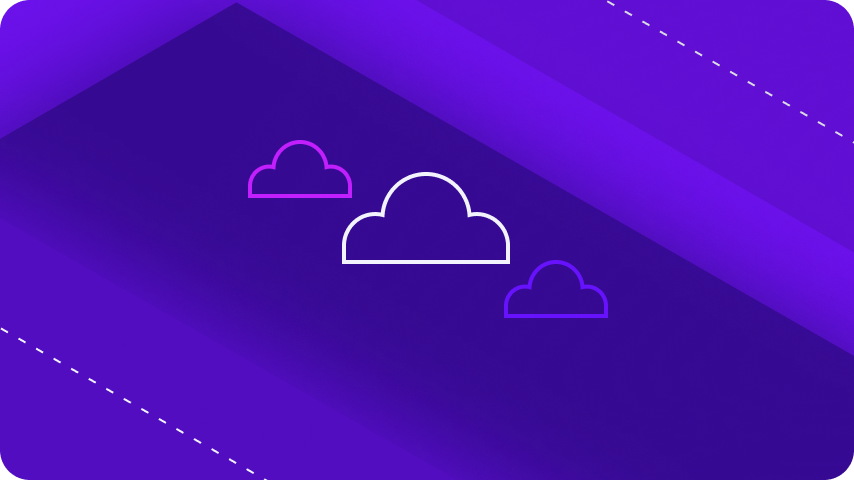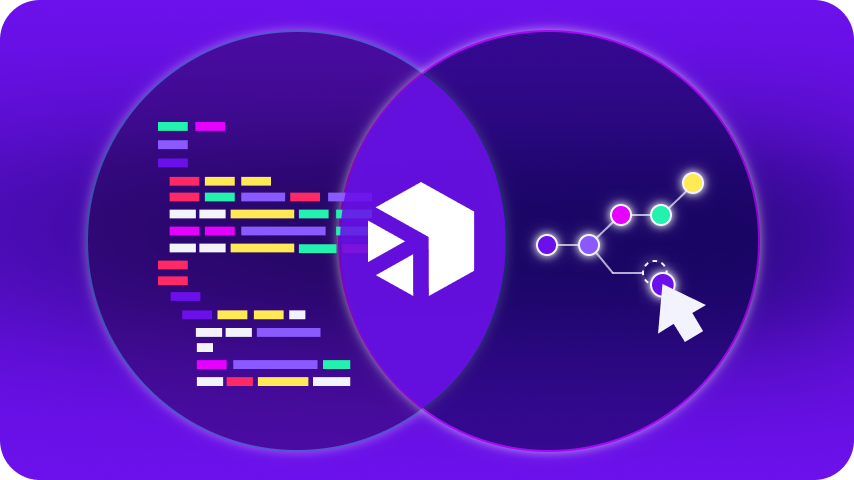April 20, 2023
Cloud-to-cloud migration is exactly what it sounds like. It’s the process of moving digital assets (data, applications, etc.) from one cloud environment to another.
You’ve probably read more articles than you’d like to admit about the how, why, and when of moving your systems, data, and applications to the cloud. But cloud-to-cloud migration? Try finding information on that, and your searches will probably yield a lot fewer results.
Google search results on cloud-to-cloud migration tend to just ignore what it interprets as a redundant “cloud” in your query and steer you back toward the benefits of moving to the cloud and comparisons between public, private, and multi-cloud solutions.
Digging into types of cloud migration leads to disagreement on how many types there are – all focusing on types of migration from an on-premise system to the cloud. (Some mix of rehosting, redeployment, repackaging, refactoring, repurchasing, retiring, and retaining, for the record.)
So what is cloud-to-cloud migration? And why would anyone bother with it?
What Drives Cloud-to-Cloud Migration?
If you’ve made the move to the cloud already, why would you bother doing it all again? Even the smoothest, most straightforward transitions still come with a level of stress. Who comes out on the other side of what can be a time-consuming, disruptive project and says, “hey, let’s do that again!”
Obviously, I’m exaggerating. No one is just moving all their data and applications from cloud to cloud in a high-stakes game of Frogger. But companies are embracing cloud-to-cloud migration – more often than you might think. Why?
Multi-Cloud is a Thing
Just about every company uses cloud in some form. And 87% of organizations have embraced a multi-cloud strategy. With multiple cloud environments on the go, the odds are high that sometimes you’ll move things from one to another, so cloud-to-cloud migration is more common than Google would lead you to believe. But what’s driving inter-cloud traffic?
Not All Clouds are Created Equal
Your business is continually evolving and changing – and what you need from a cloud environment will fluctuate too. Not every cloud environment is suitable for every use case (hence the widespread adoption of multi-cloud strategies), and that’s where cloud-to-cloud data migration comes in.
Cloud service providers have different strengths and varying weaknesses, just as you have varying priorities for the systems that live in the cloud. Those differences can make a strong business case for cloud-to-cloud migration.
1. Cost
Not all cloud environments are set up to support the same needs. A cloud solution designed for storing a lot of data that rarely moves won’t offer the best rates if you suddenly want to upload and download data regularly, for example.
2. Security or Compliance
Business-critical information or sensitive customer data must be stored in a cloud space that can meet specific standards. If the environment you started in can’t meet those requirements, you may opt to migrate vital data elsewhere.
3. Performance and Reliability
The environment you chose for its high levels of security may not deliver the performance you need for heavily used applications. Any customer-facing systems you have hosted in the cloud need elevated levels of performance and minimal downtime.
4. Features and Capabilities
If the features or capabilities of your cloud environment don’t match your changing goals or needs, you may have to find a new solution. The need for more control, increased transparency, or better integration between systems all fall into this category.
Cloud-to-Cloud Migration Challenges
Because cloud-to-cloud migration doesn’t come with any of the issues that can affect on-premise-to-cloud migrations, many of the challenges typically associated with migration don’t apply. You’ve (presumably) already developed a cloud strategy and laid out what you hope to achieve with migration. You understand cost, security and compliance, and technical needs, and hopefully, secured organizational buy-in for use of the cloud. But that doesn’t mean moving from one cloud to another is guaranteed to be hassle-free.
The main challenges associated with cloud-to-cloud migration are both related to the basic concept of change, and the pain it can induce:
- Platform limitations – Different cloud environments have varying rules for how data is handled, and thus each has distinct limitations. Before you embark on a cloud-to-cloud data migration, it’s essential to ensure the target environment will meet all your requirements.
- User Experience – Change is hard. Even a carefully orchestrated migration between cloud environments can impact the user experience. Files deleted before a cutover may reappear in the new environment, frustrating or confusing your users.
How to Optimize Your Cloud-to-Cloud Migration
There are compelling reasons to support cloud migration – and there are challenges that make the process unappealing. If you’ve decided, for whatever reason, that moving assets from your existing cloud environment to a new digital space is right for you, there are steps you can take to minimize pain and disruption. Conveniently, most of these steps are the same ones you took (or should have taken) when you migrated to the cloud in the first place:
- Set operational goals and expectations
- Ensure you understand the motivations for migrating
- Research and analyze environments to find one that meets your expectations
- Identify risks associated with the transition
- Develop a migration plan that mitigates risk and minimizes disruption to all users
At Digibee, we’ve developed a low-code iPaaS that can help you make cloud-to-cloud migration easy and pain-free. The flexible, scalable and reusable elements of Digibee iPaaS ensures that moves to the cloud, or migrations from cloud to cloud, happen seamlessly. See for yourself. Give us your cloud to cloud use case scenario, and book a no-obligation demo (your choice of 15, 30, or 60 minutes) to learn how our solution can simplify the migration process.













